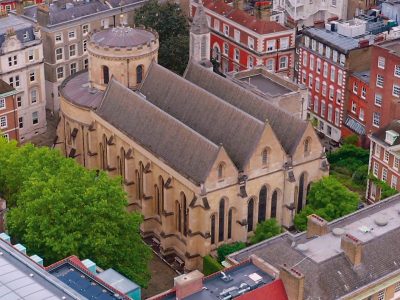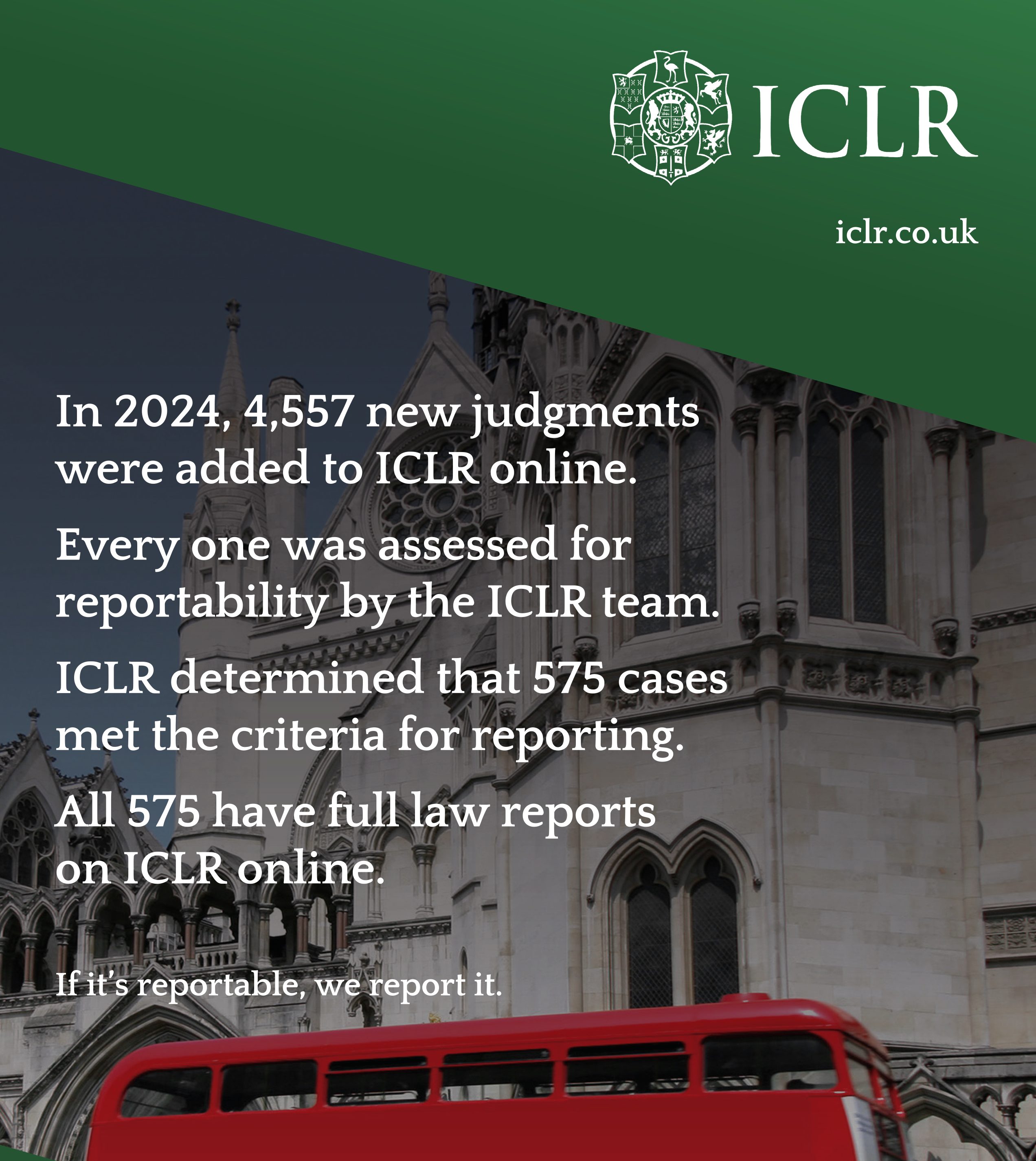
ICLR
If it's reportable, we report it.
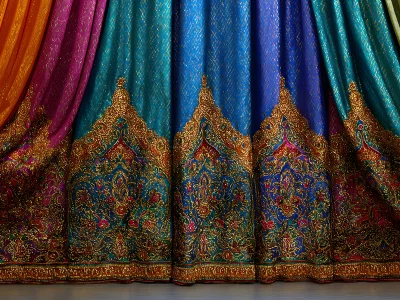
On Wednesday 4 June 2025, the Treasurer hosted a dinner in celebration of the upcoming South Asian Heritage Month. In her after-dinner speech, guest speaker Master Anupama Thompson described her own ‘roots to routes’.
Master Treasurer, ladies and gentlemen, it is a great pleasure to be here with you all this evening. As I look around the room and see the wonderful hues reflected in the variety of outfits from across cultures, I am reminded of an observation made by Master Robin Griffith-Jones, Master of the Temple, who married my husband and me 25 years ago. As he looked at the congregation gathered in Temple Church on our wedding day, he remarked on the joyful sight of kilts down one side of the aisle and saris down the other. I have always thought that observation so wonderfully captured the meeting of our cultures and experiences when Lyall and I married. In a similar way, the wonderful array of colours and national costumes in this room epitomises the rich tapestry of our profession that we are here to celebrate this evening.
As you have heard, I was born in India and brought up in Glasgow. My parents, before they retired, were doctors. Most of their friends were doctors, and most of their friends’ children went on to become doctors. So when I was a child I was asked the question, the unimaginative and tedious question which we all feel compelled to ask young children, “what do you want to be when you grow up, a doctor like your mummy and daddy?” I thought I was being imaginative, rebellious and nonconformist when I replied, “I want to be a barrister”.
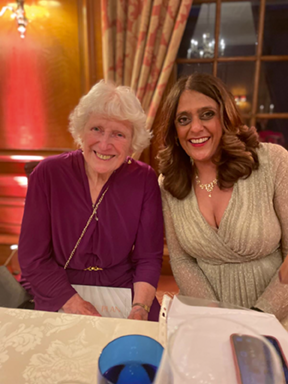
What I didn’t really acknowledge, was the fact that on my mother’s side of the family ran a long line of advocates in our home state Kerala. My grandfather was an advocate as was my great uncle, my uncle and his son, who continues to practise as a criminal advocate in the High Court in Kerala. It turns out it was my mother who had been the rebellious one by becoming a doctor. My late uncle, under the auspices of the Bar Council of India visited the UK and the Inns of Court many times in the 1970s and 80s. He was thrilled to come here, to The Inner Temple for our wedding. When I showed him round my chambers and he saw the clerks’ room and the shelves lined with folded briefs tied up neatly with white and pink ribbons, he was overjoyed to see the familiarity of the setup, so similar to that of his own chambers in Kerala.
In the same way that I thought my interest in the Bar was new, there is perhaps a misconception that members of the Bar who hail from South Asia are a new phenomenon. In fact, as many of you will know, the first Indian to be called to the Bar was Ganendra Mohan Tagore who was called to the Bar by Lincoln’s Inn in June 1862. The first Indian to be called to the Bar by The Inner Temple was Aviet Agabeg from Calcutta, who was called to the Bar in 1868.
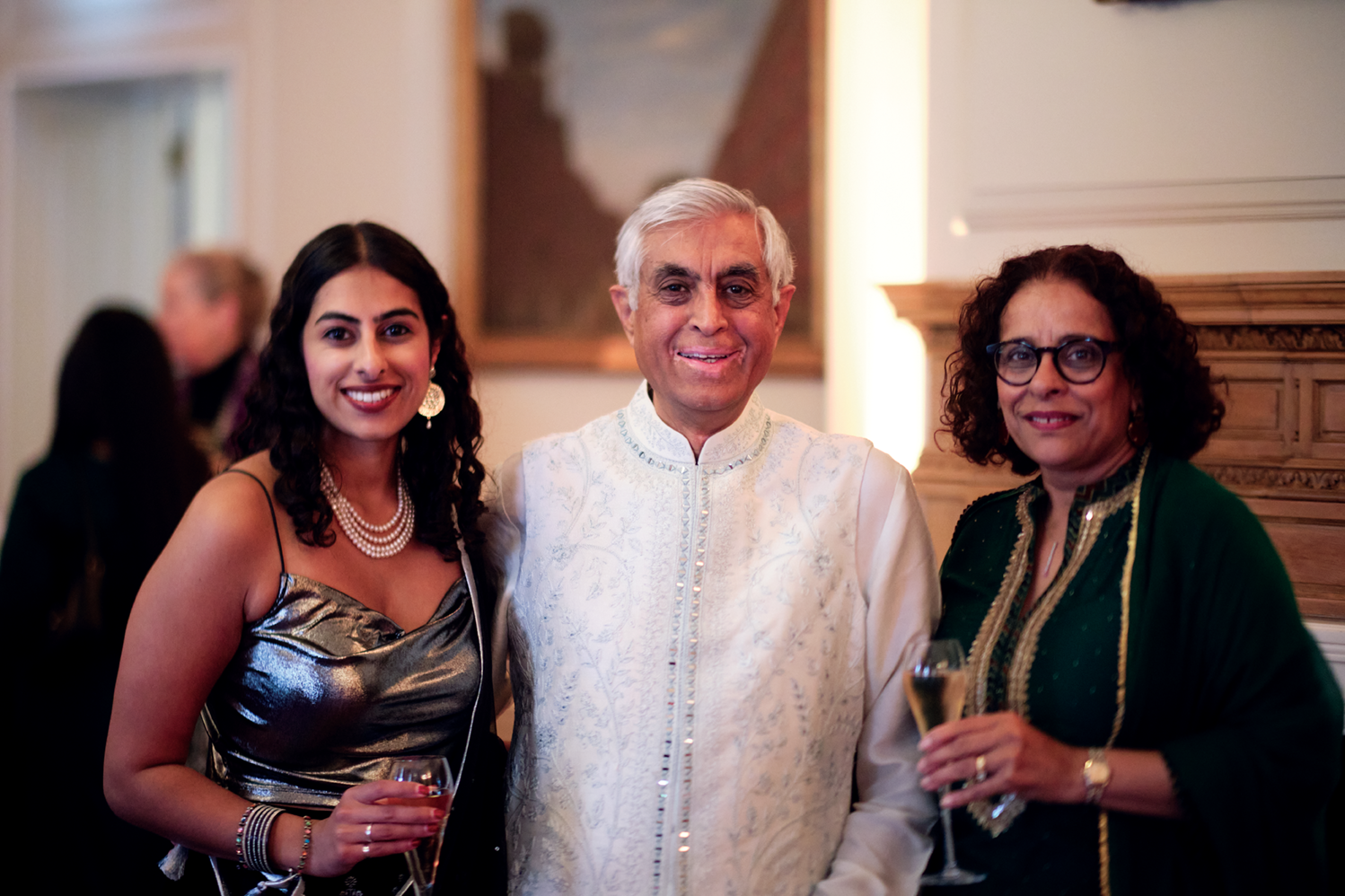
The number of Asian students continued to rise in the 1870s and 1880s and of course famously included Mohandas Gandhi, who was admitted to The Inner Temple in 1888. Inner is rich with information about Gandhi’s time here. One of the snippets I particularly enjoy is that he apparently went for violin lessons and tried to learn to speak without an Indian accent. I often wonder if this is why my mother sent me for elocution lessons – she was convinced I would never make it at the Bar unless I could talk ‘proper’ and if it was good enough for Gandhi – gee, it was certainly good enough for me!
Of course, I acknowledge that the vast majority of those who came to the Bar from South Asia in the 19th century went back to their home countries to practise law. It was not until later in the 20th century we see the larger numbers of those of South Asian heritage being called and practising at the Bar of England and Wales. I have witnessed myself, in my 30 years at the Bar, the welcome change of the complexion of the Bar in every sense of the word.
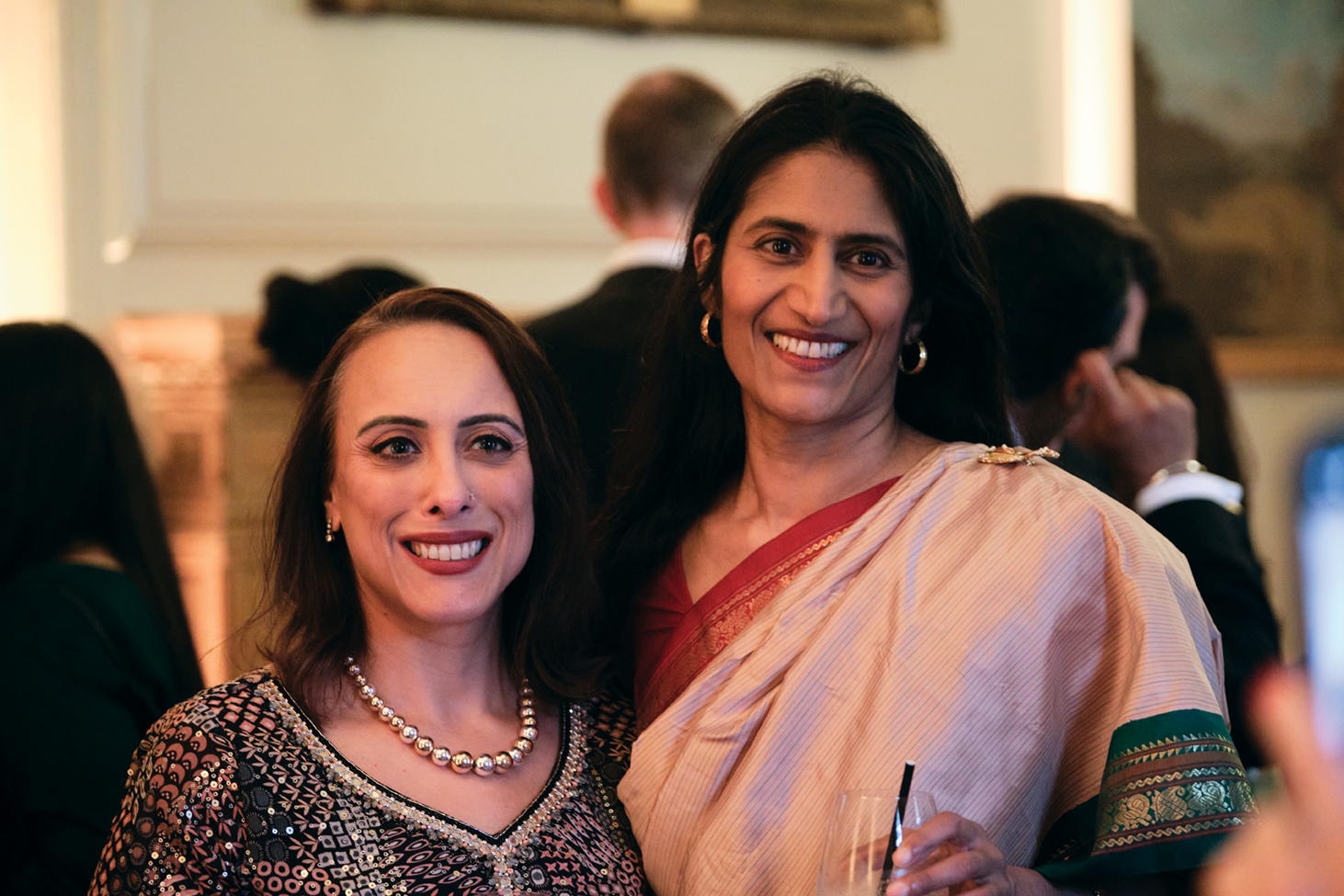
I often find myself being asked by students and aspiring lawyers, if my career has suffered because I am Asian? I find this a difficult question. Partly because it would never have occurred to me to ask it when I was a student, and partly because I am aware that some of my peers would answer it very differently from the way that I do. It’s important that we acknowledge that everybody’s experience is different and just because we have a shared heritage does not mean that our experiences are the same. In fact, when I was thinking about what I might say this evening, I did a little bit of research into the purpose of South Asian Heritage Month. As many of you will know, it was set up in 2020 to commemorate, mark and celebrate South Asian cultures, histories, and communities.
This year’s theme is ‘Roots to Routes’ which identifies that each of us carries a unique story shaped by our roots and the routes travelled to get to where we are. So, when I am asked that question, the answer I give, which I give honestly based on my route and my experience, is that I didn’t really ever think about it. Perhaps I’m naïve, perhaps I didn’t get that pupillage or that tenancy or that brief or that appointment because I’m Asian. But every negative outcome that I may have experienced is outnumbered by far by the multitude of positive experiences I have had throughout my career. I have been lucky enough, over the last 30 years to have met people senior to me in the profession who have taught me, commiserated with me, encouraged and championed me. And that is my overwhelming experience of this wonderful profession of ours.
I was asked a few years ago to take part in a podcast where three non-white female judges were asked to recount their journeys to the bench. I was struck, firstly, by the differences in our experiences and outlooks but also by what one of the barristers who was chairing the panel mentioned – that we all come to the profession with our own insecurities whatever our cultural background. Sometimes the fact that you are from a different cultural heritage might be the thing that troubles you most, but we shouldn’t assume that to be the case. For me, I was much more concerned about the fact that I thought I wasn’t clever enough, I wasn’t posh enough and of course I was, am, a girl. Here, I digress to say how delighted I am to see Master Butler-Sloss here this evening. I don’t mean to embarrass her, but I remember sitting at her table as a student at a mixed dining night and being in awe of her achievement as the first female Court of Appeal Judge. What an inspiration she was to me and to so many! So, being a woman at the Bar was one of the insecurities with which I have struggled over the years. It is why in all honesty when I am asked, as I often am, to speak about my heritage and my experience at the Bar, I feel deeply uncomfortable because it is not something I ever gave a great deal of thought to as I progressed through my career.
I often hear the expression at career fairs and outreach events, “if you don’t see it, you can’t be it”. I’ll confess it’s a concept that never crossed my mind when I was starting out, although, as I’ll come back to in a moment, I’m beginning to understand it a bit better now.
When I started primary school in Glasgow back in the 1970s, I was the first non-white pupil to join the school. I was very unhappy the first few weeks of term. None of the other girls in my class would play with me. My teacher, noticing that I was alone at playtime, got one of the older girls to try to find out what was going on. It transpired that my classmates were all scared of me – they thought that because my skin was brown and I wore my hair in two long plaits, I must be a native Indian and so they were at risk of being shot by me with a bow and arrow. The misunderstanding was quickly corrected, and I went on to make many friends and have a wonderful time at school.
I recount that experience, partly because it still always makes me chuckle, but also to explain that throughout my early life I was used to being the only Asian person in the room. So, when I went on to study law and start my Bar training, I was largely oblivious to the ethnic make up of those who were around me. The closest I came to it was perhaps when I was dining here at the Inn.

ICLR
If it's reportable, we report it.
Trusted law reporting since 1865
The Inn in 1993 was as friendly and welcoming as it is today. As you will be aware, back in the day, to be called to the Bar an aspiring barrister had to eat 24 dinners at the Inn alongside his or her studies. My friends and I would normally try to book our dining together so that we had familiar faces around us when we dined. Of course, with 24 to do, that was not always possible so I on occasion found myself coming to dine on my own. I was astonished at how quickly I made friends, how quickly my fellow students wanted to come and sit beside me. I then discovered it was not my magnetic personality or sparkling conversation that was attracting them. At that time, wine for dinner was placed on the table to be shared by groups of four diners. When that wine was finished, there would be no more. So, if you wanted to ensure that you didn’t run out of wine, the best thing to do was to sit beside somebody who didn’t drink. Hence my new-found popularity! Alas, unbeknown to my new friends, despite my teetotal parents and my Hindu upbringing, I could polish off a bottle of wine as well as the next man! As we say in the criminal courts, “beware members of the jury of the dangers of assumptions!”
As I progressed through pupillage and my early years in practice, I was surrounded by colleagues from every background imaginable, originating from across the world, from every corner of the UK and from every social background. In any given situation, I went from being the only, or maybe one of the few people of South Asian heritage, to being simply one of the many who contribute to the legal life of our country. It is only over the last few years that I have noticed, as I have supposedly become a more senior member of the profession, that I am once again finding that I am the only, or maybe one of the few people from South Asian heritage in the room. I am not going to dwell on the numbers entering the profession versus the numbers reaching the higher echelons of it – but is well documented elsewhere. I want to concentrate on what we, those of us in this room, can do about it.
I said a few moments ago that I never connected with the notion “if you don’t see it, you can’t be it” but amongst the many young people I meet, it is clear that that is something which really resonates with them.
I was recently appointed Co-Director of the Judicial College’s Crown Court induction course, which is the course that all newly appointed criminal recorders and judges are required to undertake. My fellow director on the course is His Honour Judge Avik Mukherjee, a circuit judge also of South Asian heritage from Birmingham. When we were at the last course in March of this year, one of the delegates, a woman of Pakistani heritage, came up to speak to us both. She told us how anxious she had been before she came to the course, how worried she had been that she would be the only non-white delegate there and how much the fact that we were both going to be running the course gave her a sense of belonging, confidence in her ability and aspiration for the future. We were both incredibly moved and humbled by what she said to us.
That experience really crystallised for me why talking about my heritage and my experiences is not something I find easy. It is so important that we put ourselves out there because sometimes just the very fact of our achievement can be enough to spur someone else on.
A few months ago, I was asked to take part in another outreach event involving students of South Asian heritage. I was discussing my reservations about taking part with my Resident Judge, who is a white man in his 60s. His very to the point analysis of the situation was – “Anu, you have a responsibility to go – you’re going to reach people I could never reach, just by being there.”
I used to watch my uncle go to court in India when we visited every summer and I know he felt that that baton had been passed on when he watched me go to court when he came to visit for our wedding. He would have been thrilled to be in this room this evening to see all of you here carrying that baton ready for the next generation.
Those of us who originate from South Asia, those who are in this room, those fighting cases up and down the land, those administering justice, those helping to maintain the rule of law, we are the daily example of the contribution we have made and continue to make to the legal profession. The very fact that we are there doing that is what will inspire those who come behind us. We are the very embodiment of diversity and inclusion at the Bar.
Her Honour Judge Anupama Thompson
Harrow Crown Court
